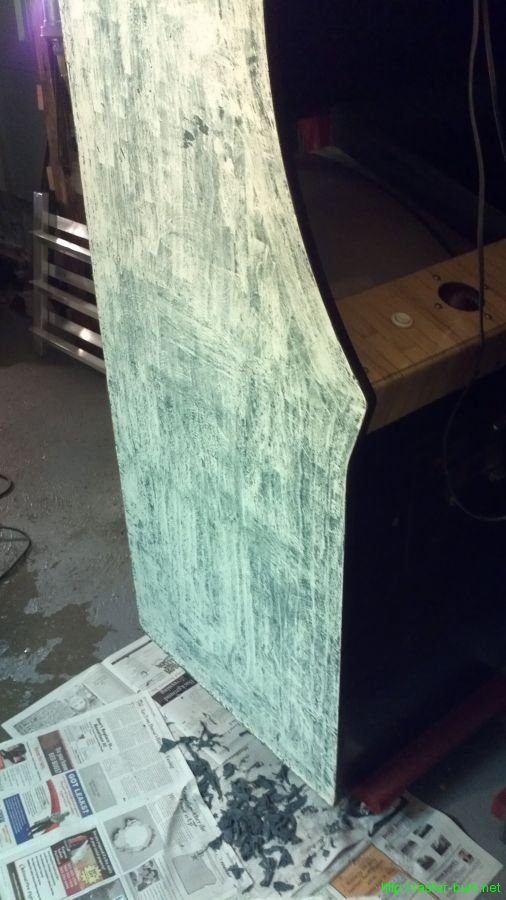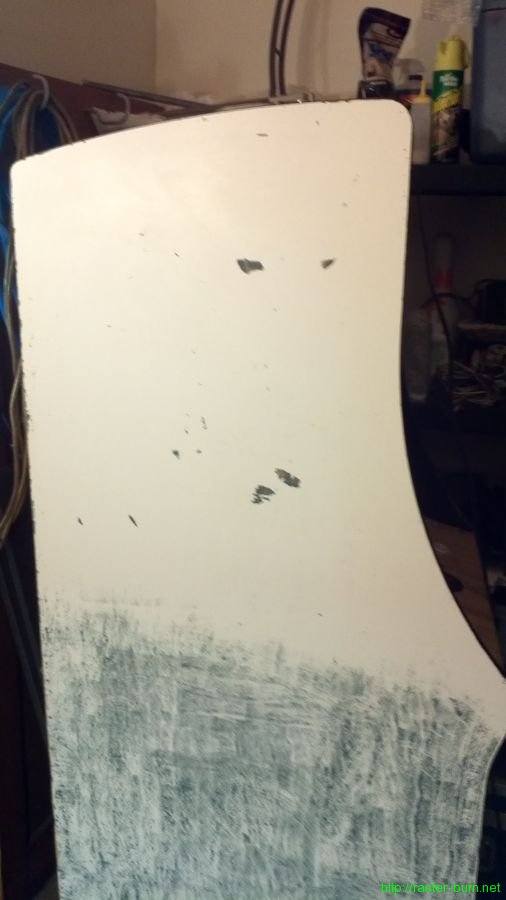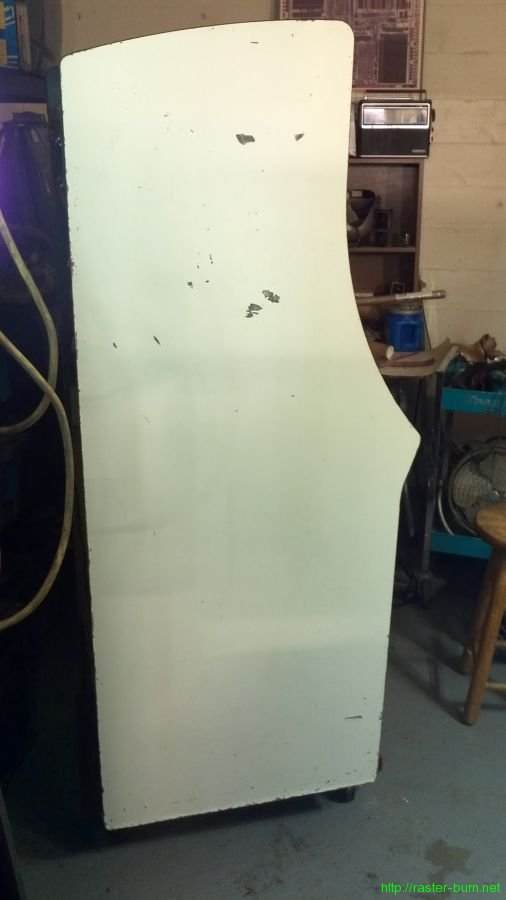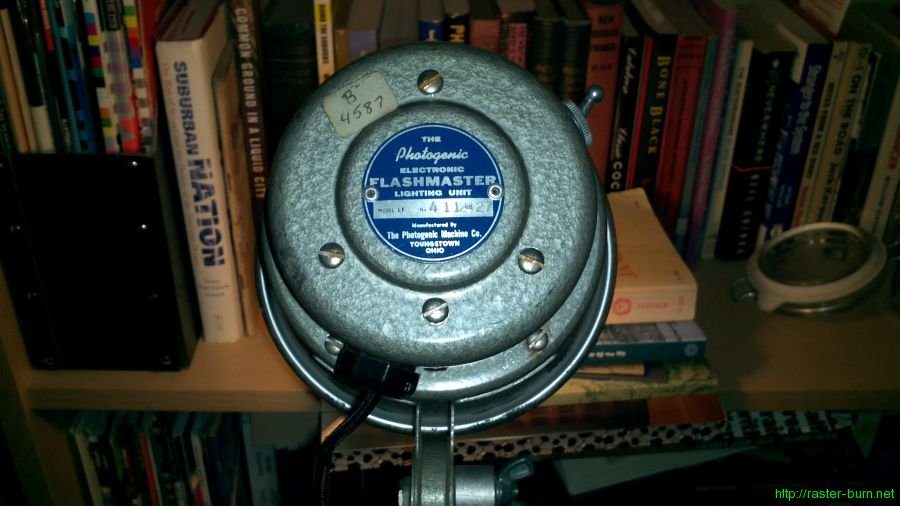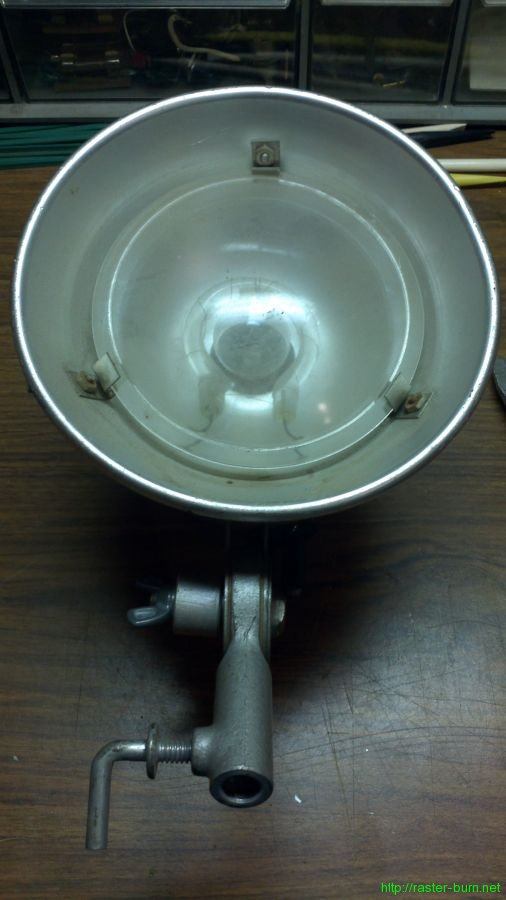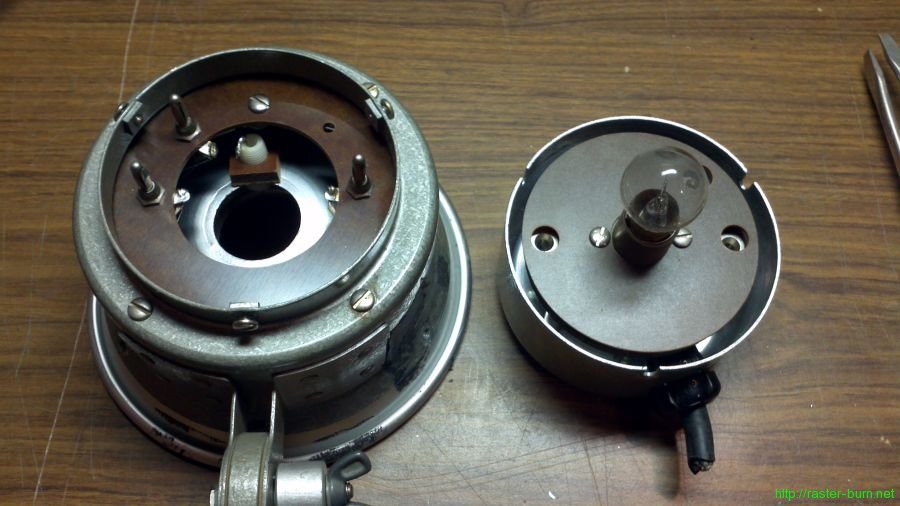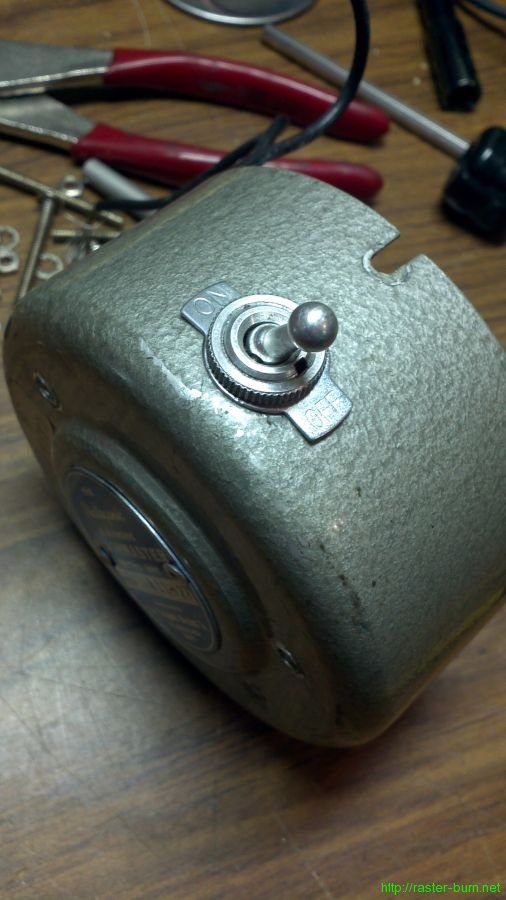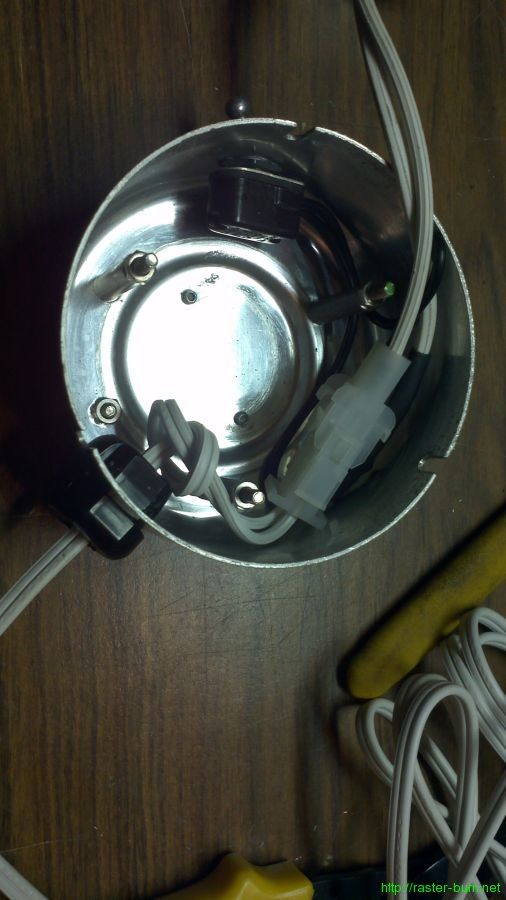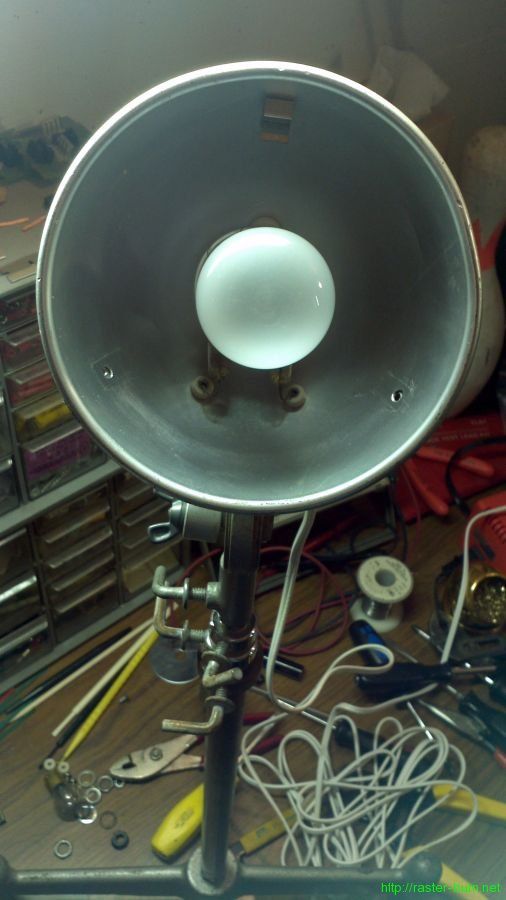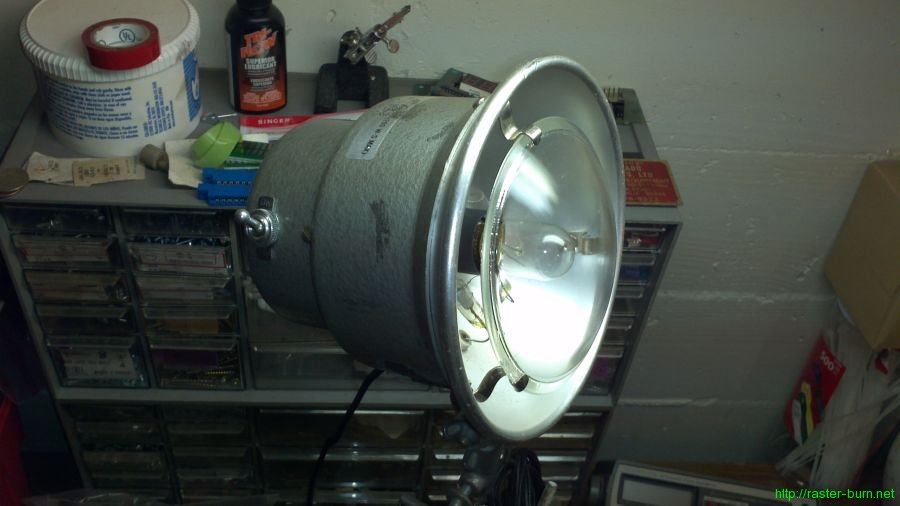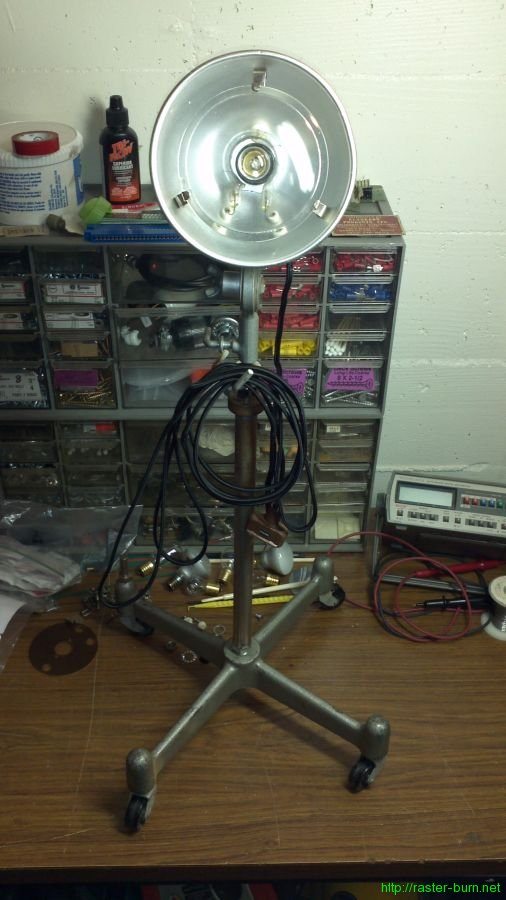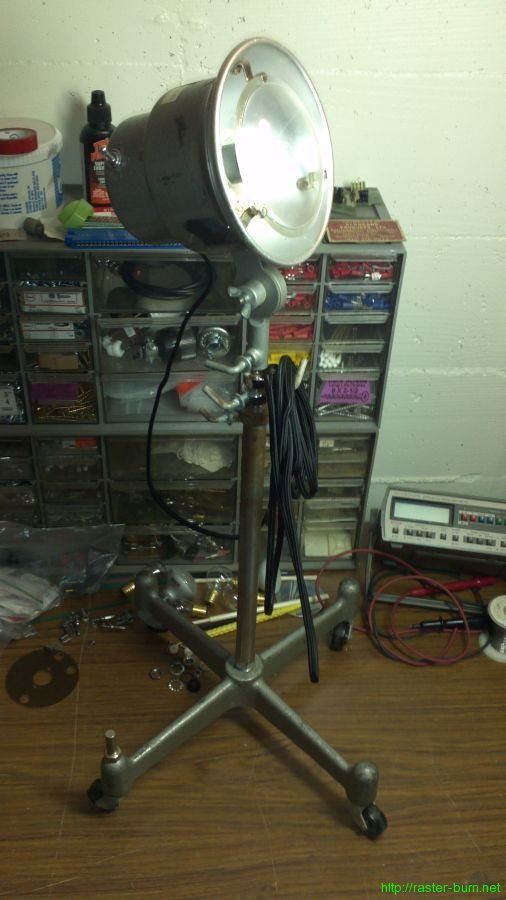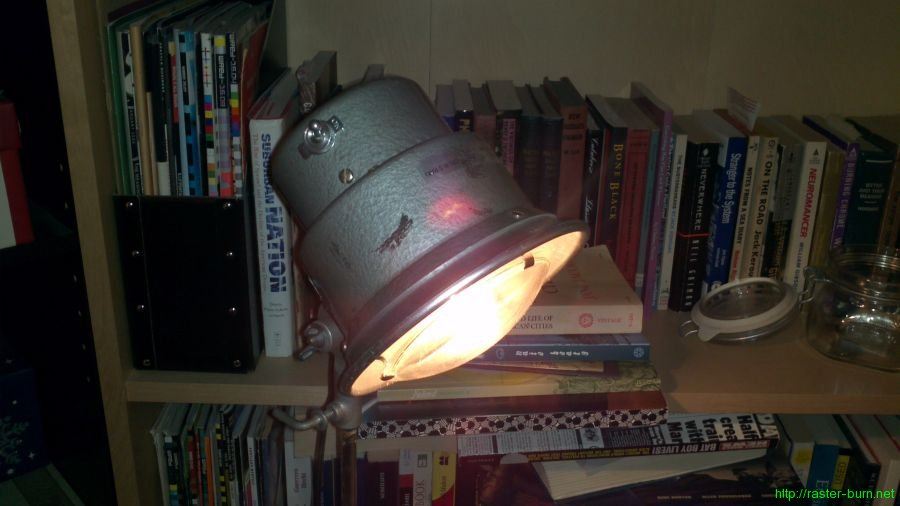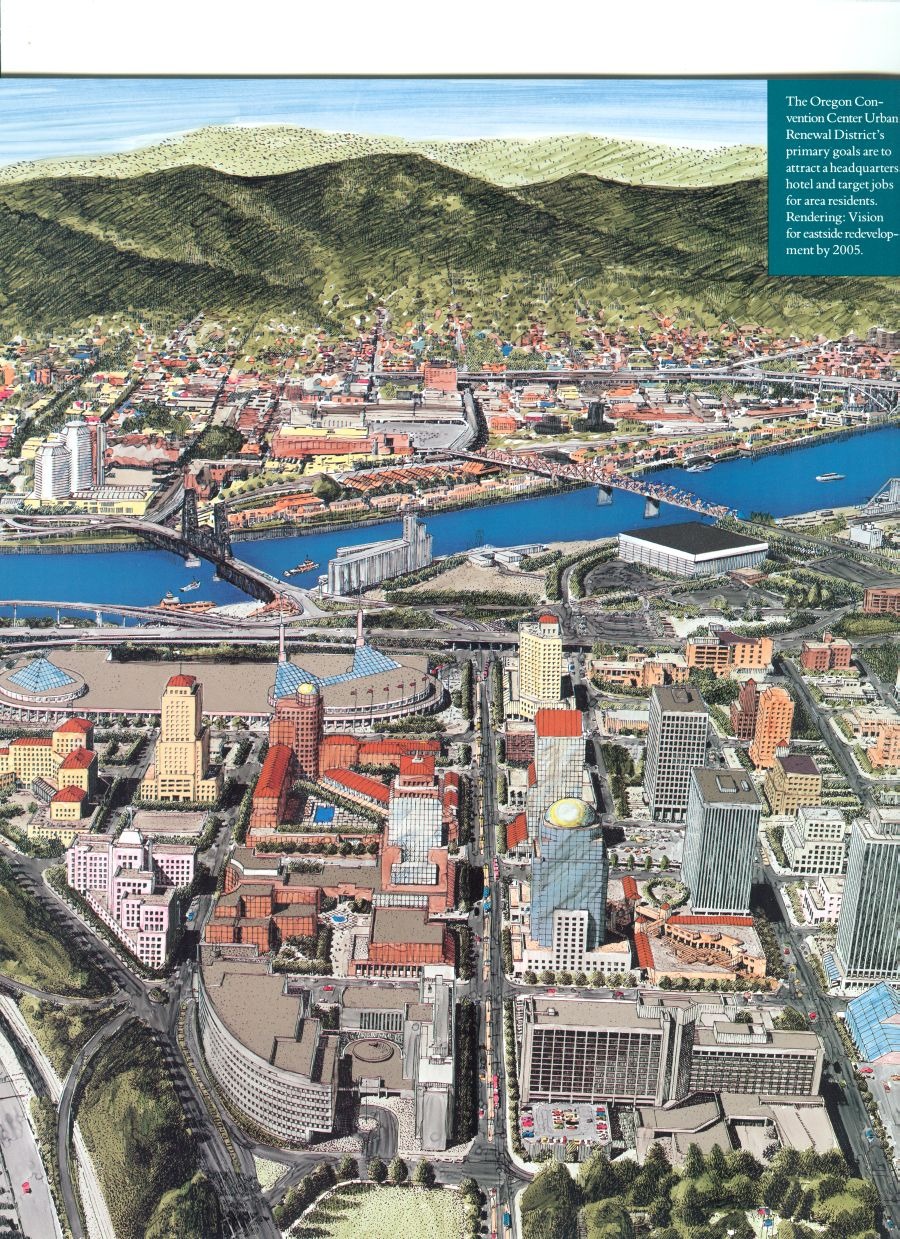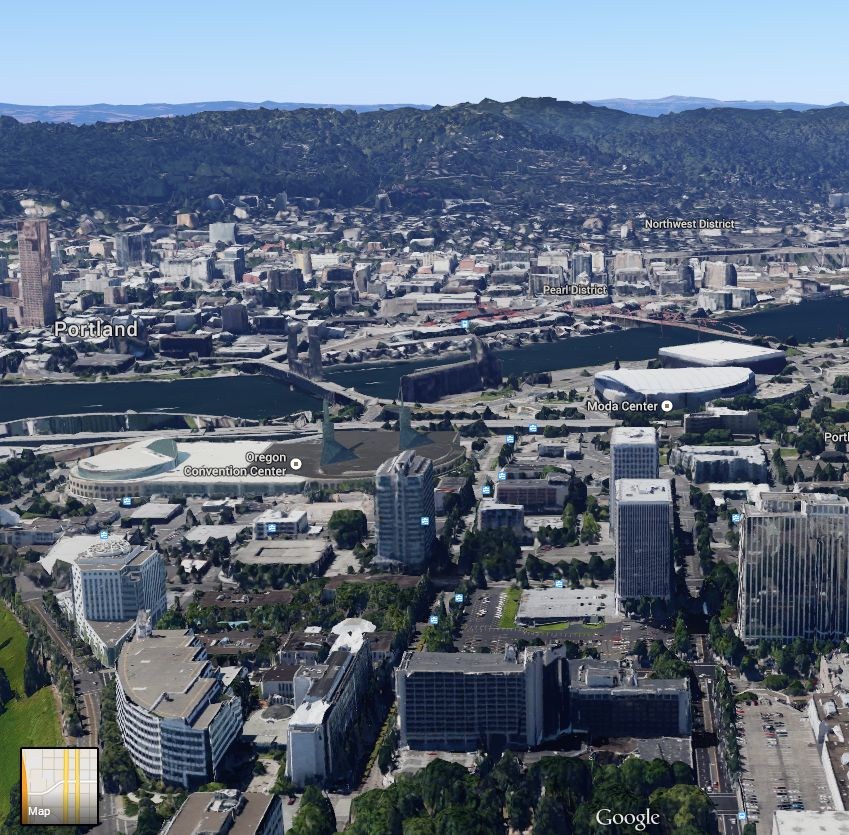Back in December I removed the paint on one side of my converted Bosconian cabinet using a bottle of Motsenbocker’s Instant Latex Paint Remover. The experience was so traumatizing that it took me until now to work up the nerve to do side two. While it did work, the Motsenbocker’s product took several applications with a lot waiting in between and extra measures to help the stuff keep from drying out while it did its thing. I also burned through a stack of Scotch Brite pads encouraging the softened paint along, eventually resorting to a palm sander for some extra oomph.
For the second go around, I picked up a jug of something different, 3M Safest Stripper Paint & Varnish Remover. Unlike Motsenbocker’s spray on liquid, the 3M stuff is a gloopy semi-paste substance that readily clings to surfaces. I laid down a single layer of it on the cab side, and went to grab dinner.
After letting it sit for around an hour as recommended for the latex-based grey scourge I sought to eradicate, I returned to the scene. There wasn’t much of a visible difference, but I gave the paint an experimental poke with a metal scraper and a section sloughed off in a wrinkly sheet. Already better than the other stuff.
Went to town on the paint with a scraper and had it all off without too much trouble. There were a few spots where I’d applied the paste too thin and it had dried; this left the paint still softened but with a bit better adhesion to the wood. If I’d applied a thicker coat I think that would not have been an issue.
Second pass was with a sprayer of water and a Scotch Brite pad. The remaining residue came off quite easily when dampened and everything wiped clean with a damp towel.
And done! Side two took about a third of the jug of Safest Stripper, one and a half Scotch Brite pads, and a handful of hours. Clearly, the 3M stuff is the way to go for a large job like this. I’ll keep the Motsenbocker’s around for spot work or cleaning up fresh spills, but that’s about it. The 3M goop is way more efficient materials-wise for large projects, and saved a ton of labor as well.

